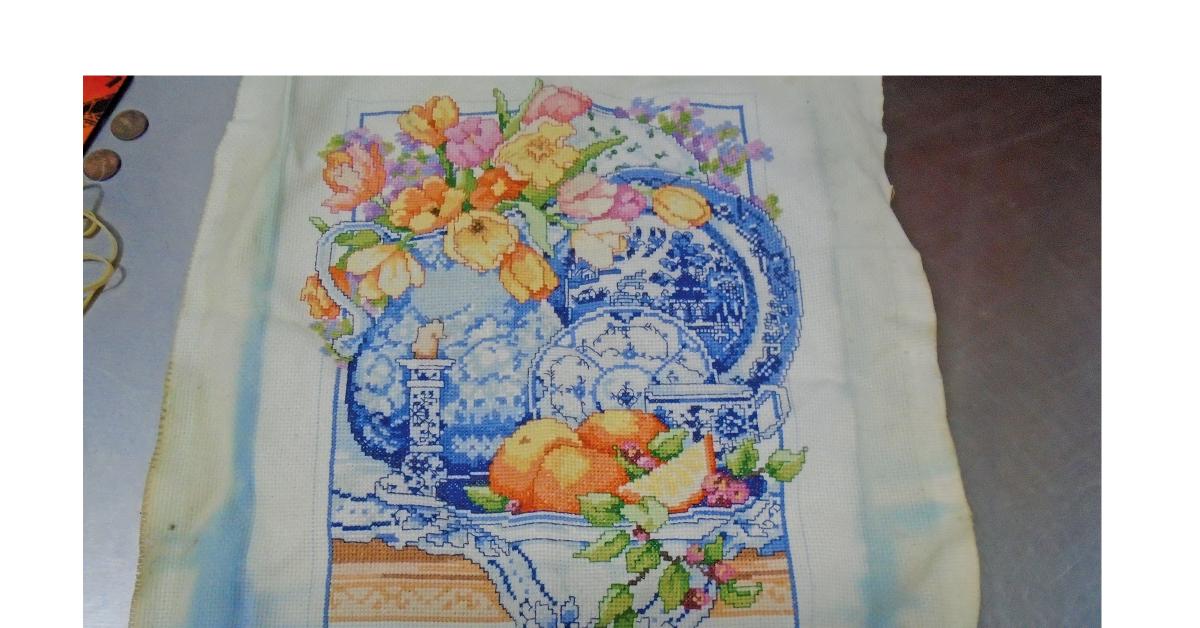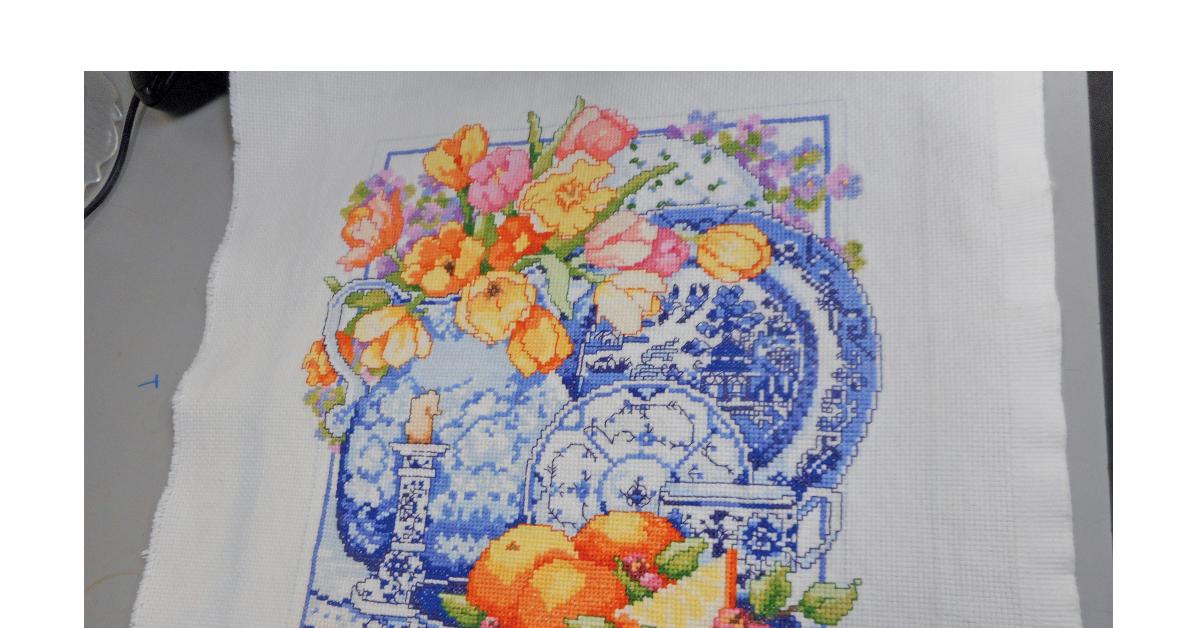CHICAGO — When a family comes to a dry cleaner for restoration services, there’s often more on the line than just the items in question; the customer is asking the cleaner to restore parts of their lives. In Part 1 and Part 2 of this series, we examined the techniques cleaners have for reversing damage, the mindset they need to comfort their clients and the benefits of being part of larger organizations when doing this type of work. In the conclusion, we’ll look at the rewards that restoration can give not only to the customer, but to the dry cleaner, as well.
Great Saves
While most homeowners who need restoration after a disaster would like everything they own to be brought back, all items are not created equally. While they can usually replace clothes if necessary, other one-of-a-kind items—like “Lambie,” the child’s stuffed animal described in Part 1 — hold far more than monetary value. In this case, successful restoration means the world to both the customer and the cleaner, and many have their favorite success stories.
“We were able to restore an heirloom quilt that had been handed down for six generations,” says Pratik Patel, owner of Viking Cleaners in Phoenix. “Each generation attached a custom knitted panel to the quilt as it was passed down. The homeowner was very pleased that we could restore it properly and that they could continue to pass it on to future generations.”
“We completed a loss for the widow of a band member from a well-known ’60s-era band, and it included the singer’s stage costumes and memorabilia,” says Eric Pyne, president of Urban Valet Cleaners in Hamburg, N.Y. “We were pleased to report that we were able to save everything for the family.”
Not all restoration jobs come as a result of a disaster, however. Gary McPherson, owner of McPherson Cleaners in Burlington, N.C., says that one of his biggest “saves” came as the result of a celebration.
His company had once performed restoration work for a race car driver after a house fire, which involved not only clothes but racing gear and memorabilia. So, when the driver needed restoration services again, McPherson got the call.
“He had just won a national championship,” he says, “and he was doused with champagne as they normally do to celebrate. After all the hoopla was over, somebody had taken his racing uniform, balled it up, threw it over in a corner — and they forgot about it until two or three weeks later. Then they found it and … things had happened to it. They remembered us because we had done a good job with his house and contents, so they asked what we could do with it. We were able to make it pretty again.”
Restoration and the Pandemic
While many cleaners have felt the pinch of the pandemic in lost business, cleaners specializing in restoration have found it often to be a valuable buffer. Emergencies, after all, do not respect lockdowns.
“Restoration work has been pandemic-proof for us,” Patel says. “We have remained busy throughout the past year.”
One reason for this is that his company has dramatically evolved to make restoration a priority, and that took extra effort in the staffing process.
“The employees we hire require a different skill set than the traditional retail operation,” Patel says. “Since we are in the emergency response business, they have to be flexible and skilled in multiple areas.”
“Restoration work ebbs and flows,” Pyne says. “Weather events can contribute to more losses, while mild winters here in the Northeast can reduce claim volume. Our NARD (North American Rstoration Drycleaners) partners in Florida, for instance, and those that border the Gulf of Mexico sometimes see spikes when there is a more active hurricane season and see less volume in quieter years.”
“We experienced a slight decrease at the beginning of the pandemic as clients were worried about having staff in their home,” says Michelle Windsor-Baughman, owner of Dutch Girl Cleaners, based in Walnut Creek, Calif. But her company was prepared. “The very day the shelter-in-place orders took effect in California, we had already fully prepared a protocol to protect staff and clients, along with certifying all staff in biohazard courses for the potential exposure to COVID-19. This information was released the next day to all carriers and contractors, ensuring them we were capable of still serving their clients safely.”
Dutch Girl Cleaners, a Certified Restoration Drycleaning Network (CRDN) member, also had plans in place to handle restoration demands due to wildfires in its part of the state.
While the methods of actually restoring items haven’t been affected by the pandemic, the way cleaners deal with the people involved has changed.
“Adjusters aren’t going out to the claims now,” says Wayne Wudyka, CEO of CRDN, “so they’re relying on us as their eyes and ears more now than ever. And that’s OK because we have service-level agreements signed with these carriers, so they know what to expect, and we’re a trusted vendor.”
“We’ve been able to offer contactless pickup and deliveries, online video inspections, and continued paperless documents,” Holly Murry, president of FRSTeam, says of her organization’s pandemic efforts. “We have also implemented pandemic protocols to ensure higher levels of safety while in homes using personal protective equipment. Our restoration locations with a strong local sales force haven’t seen any lost volume, and many have seen double-digit growth in 2020.”
Making a Difference
While offering restoration services is tempting when revenue is down from regular drycleaning services, it’s not a step to be taken lightly.
“Do your research,” Murry says. “Restoration is very different from the retail industry. The claim sizes are significantly larger, storage requirements are much bigger, and you are dealing with multiple customers on each claim. Payments can take longer, consistent relationship-building and sales are important for success, and constant communication is critical.”
If you’re prepared, however, Murry believes that it’s well worth it.
“The restoration field can be some of the most rewarding work you will do,” she says. “You get to help people in their time of need, and the joy you can get from customers when you save some of their most precious items is amazing. Getting to be a part of restoring a homeowner’s life, home, and items after a loss can be enormously rewarding.”
Wudyka is grateful for that customer who trusted him with his first restoration job decades earlier: “In our industry, this is probably the only way you can really, truly have a very lasting, important impact on a family’s life, by helping them get back to normal,” he says. “It’s a big responsibility. We take that very seriously — it’s not dry cleaning for us; you’re restoring lives.”
To read Part 1 of this series, click HERE, and for Part 2, click HERE.
Have a question or comment? E-mail our editor Dave Davis at [email protected].


